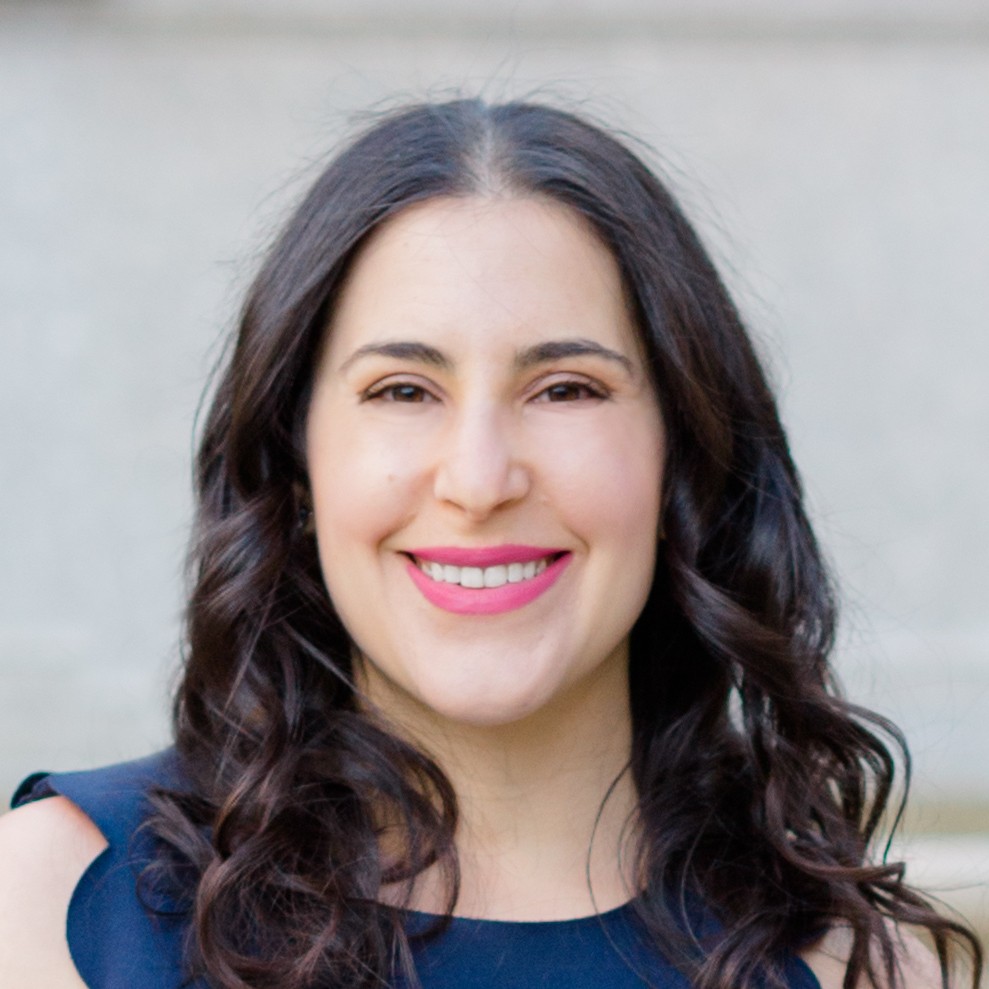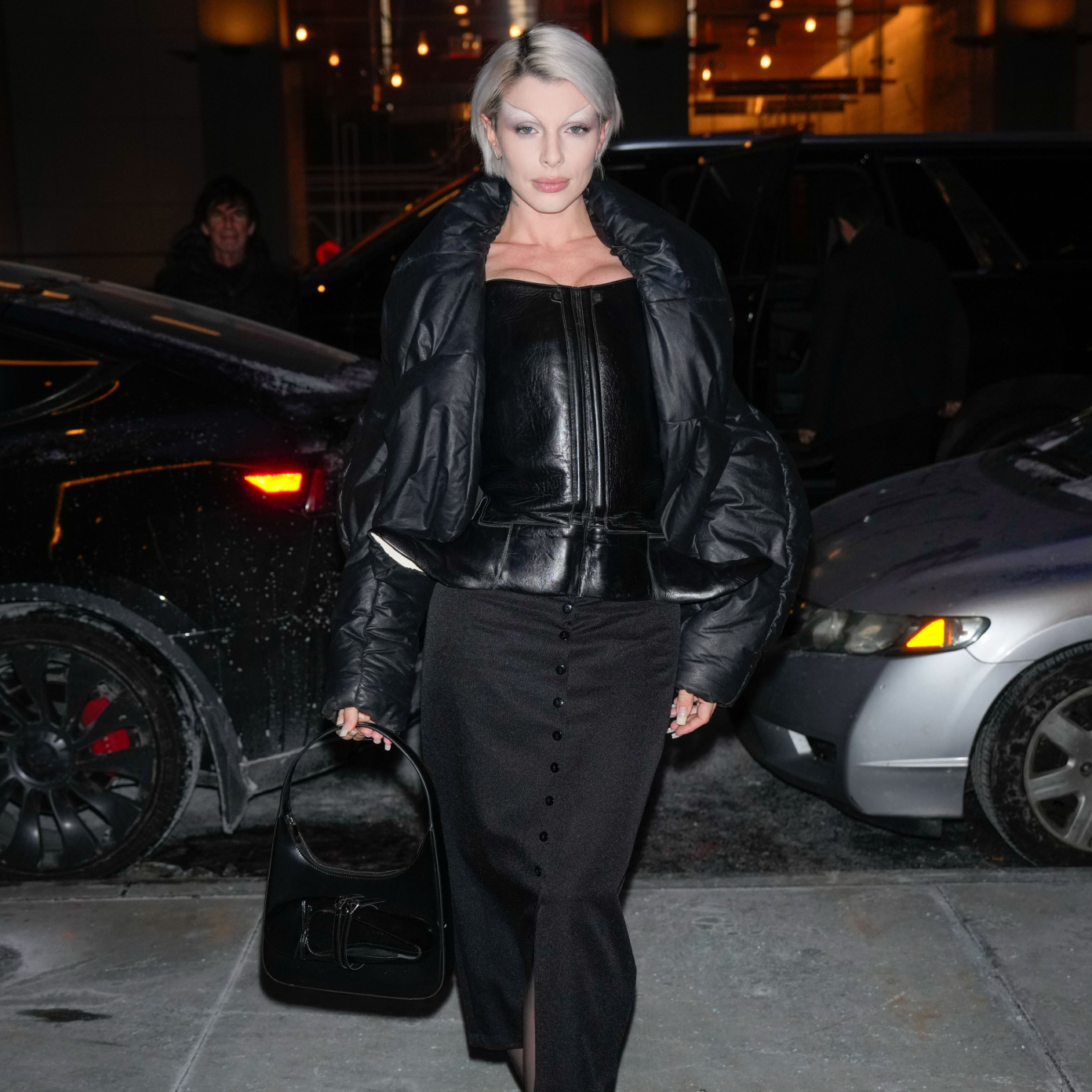The Co-CEO Model: A Win-Win Model for Women Entrepreneurs?
It’s typically been seen as a one-man job, but these female leaders are demonstrating the advantages of dynamic duos.


Co-CEOs are rare—especially by choice. Think about it: You climb your way to the top of the ladder, the highest-ranking person in a company, only to share the spotlight and decision making power with someone else? For reasons owing to bravado and business management styles, one can’t blame an executive for rejecting the idea.
But while single CEOs are more common, a recent Harvard Business Review study of 87 public companies led by co-CEOs found that almost 60 percent were more profitable than peer organizations with one person in the top spot. Netflix, Warby Parker, and Salesforce are just some of the behemoth brands currently run by a pair of chief executives—all of whom happen to be men. But a growing list of female-founded startups might make the idea of co-leadership more mainstream.
The model can offer particular benefits for female leaders, considering women remain the majority of informal care providers, often shouldering the bulk of home responsibilities. Some co-CEOs find that sharing power can help them achieve better work-life balance so that they’re able to run a company and have time with their families. Nicole Centeno and Elise Densborn, co-CEOs of the plant-based meal delivery company Splendid Spoon, are prime examples.
Centeno started Splendid Spoon in 2013 to make it easier for people, including moms like herself, to get nutritious ready-made meals. The trained chef, who studied biology and diet therapies at Boston College, says she wasn’t well-versed in running a business and knew that she would eventually bring on a partner.
As an MBA student at Northwestern University in the 2010s, Densborn was a Splendid Spoon fan, grateful that she could get a wholesome meal while working late at night. She decided to become an investor, then joined as vice president of finance and insights in 2018. Densborn rose through the ranks before her promotion to co-CEO in January 2021.
The partnership is paying off. “We joke that it’s like having an internal board of directors that you have access to every single day. It’s having somebody that you trust to sharpen your thinking, push on your decision-making, call out biases, and call out things you’re not seeing,” says Densborn.
Centeno, who has three young kids, credits the partnership with helping to accelerate the business while allowing her to thrive at motherhood, too.
Stay In The Know
Get exclusive access to fashion and beauty trends, hot-off-the-press celebrity news, and more.
Centeno and Densborn are passionate about helping women lead at work and at home and say it takes some creativity to succeed at both. The duo realized they had the opportunity to create a system that worked for themselves and their families—and would inspire their team to follow suit.
“[Hustle culture] leads to burnout, which is what many people are experiencing now. Holding space and valuing balance is something that we believe needs to happen from the get-go, from the top,” says Centeno.

Balance and time management aside, the strategic and collaborative benefits of having a co-head might be the real catalyst for its increasing popularity among women-led ventures. Companies like Glow Recipe, the Skimm, Perelel, Primary, and We All Grow Latina all have two women chief executives.
Shan-Lyn Ma cofounded Zola in 2013 and has since raised $150 million in venture capital and hired more than 200 employees for her modern wedding-planning company. Earlier this year, she appointed Rachel Jarrett, a former co-worker at Gilt Groupe, as co-CEO.
Ma says Jarrett’s promotion—previously she served as COO—was a natural move to reflect the role she had already been playing. “Ultimately, we felt this decision allowed Zola to move even more quickly and innovate by creating a very clear division of labor while we continue to make decisions together as a team,” says Ma. “Either one of us is capable of being a successful CEO on our own, but every day we choose to work together as partners, and we recognize that we and the business are made stronger because of that.”
Mabel Abraham, an associate professor at Columbia Business School, agrees that the co-CEO model could reduce burnout. Abraham, who researches gender differences in the workplace, adds that it can also help women stay in leadership positions—an especially welcome notion following the unprecedented rate at which women left the workforce during the pandemic.
To increase retention, the leaders must work together to share the responsibilities, not both work the same hours and intensity of a solo CEO, says Abraham. “There’s an opportunity for organizations to structure work in a way that allows for a true job-sharing model with very clear definitions and expectations of what that will look like,” she says. Splitting responsibilities allows for a more collaborative leadership style, something women typically excel at.
“It used to be the case that we thought people in leadership roles were most successful if they were independent, decisive, and assertive, and those are traits that we attribute to men, specifically white men,” Abraham explains. “But now more and more people are saying that collaboration, selflessness, and flexibility are the key things that matter. These are traits that tend to be associated with women.”
Another positive: increased diversity. “It gives organizations the opportunity to infuse their leadership team with members of historically outside groups such as women and underrepresented racial minorities,” Abraham explains. But there is that old adage about too many cooks in the kitchen. In his blog titled the Data Driven Investor, venture capitalist Amit Garg argues that the idea is bad for business. “Short answer: Don’t do it. Don’t do Co-CEOs…the CEO is a single role,” he writes. “Even if both CEOs are extremely competent, the unclear responsibilities and division of power can result in poor execution. The lack of a unified vision can take a heavy toll among management, employees, investors, customers, and partners.”
Some leaders are convinced of the downsides. After launching Pink Moon in 2020, the wellness brand’s Lin Chen and Ava Lichauco chose to forgo the model. Chen, CEO, started the business and in 2022 brought on Lichauco as a cofounder and COO, recognizing that Lichauco had a finance background that would complement Chen’s marketing chops. They argue that the co-CEO model can be difficult for marketing, as consumers want to feel connected to the leader of their go-to retail brands. Lichauco says a solo CEO also “helps employees identify the final decision-maker of the company, and who steers the culture and future of the brand.”
Abraham agrees that different opinions can lead to delayed decision-making. To combat that, she says co-CEOs should divide and conquer. To this end, the Zola leaders have established specific categories and departments within their purview.
Ma, who got her MBA from Stanford, focuses on corporate functions such as finance, operations, tech, legal, and talent. Jarrett, meanwhile, has deep experience in retail at companies, including Gilt Groupe, FAO Schwarz, and Barnes & Noble, so she oversees Zola’s general managers who run the three major arms of the business: commerce, wedding vendor marketplace, and core wedding planning tools. She also leads the merchandising and marketing teams.
While Densborn and Centeno set strategies together, they split implementation. Centeno focuses on external projects like managing the board, raising funds, and growth marketing; Densborn handles team development and brand marketing. Densborn spearheads the website technology and Centeno uses her culinary-school training to manage the food and drink offerings.
They have honest discussions about burnout and can pivot when one person needs downtime.
Centeno and Densborn are seeing the fruits of their shared labor, at home and at the office. They recently raised a $12 million Series B round. Says Centeno: “I hope that by seeing a co-CEO dynamic or other partnership dynamics, more female leaders do have the courage to say, ‘You know what, I don’t have to do it the way that it’s been done. Let me do it the way that’s right for my business and my family.’”

I’m a journalist and the author of What Next?: Your Five-Year Plan for Life After College. The book, published by Simon & Schuster, teaches recent graduates how to create a five-year plan and offers actionable career, finance, wellness, and relationship advice to help them accomplish their goals.
-
 Julia Fox's Super Short Coachella Haircut Is a Cheeky Nod to 'White Lotus'
Julia Fox's Super Short Coachella Haircut Is a Cheeky Nod to 'White Lotus'Leslie Bibb fans, rise.
By Ariel Baker Published
-
 Princess Kate Opens Up About "Spiritual" and "Very Intense" Feelings in Surprise New Video
Princess Kate Opens Up About "Spiritual" and "Very Intense" Feelings in Surprise New VideoThe Princess of Wales shared one thing that has helped her find "peace and reconnection" amid her health battle.
By Kristin Contino Published
-
 Thank You, Zendaya, For Reminding Us Why This Minimalist Updo Is a Forever Summer Staple
Thank You, Zendaya, For Reminding Us Why This Minimalist Updo Is a Forever Summer StapleSnatched hair in a flash.
By Hannah Baxter Published